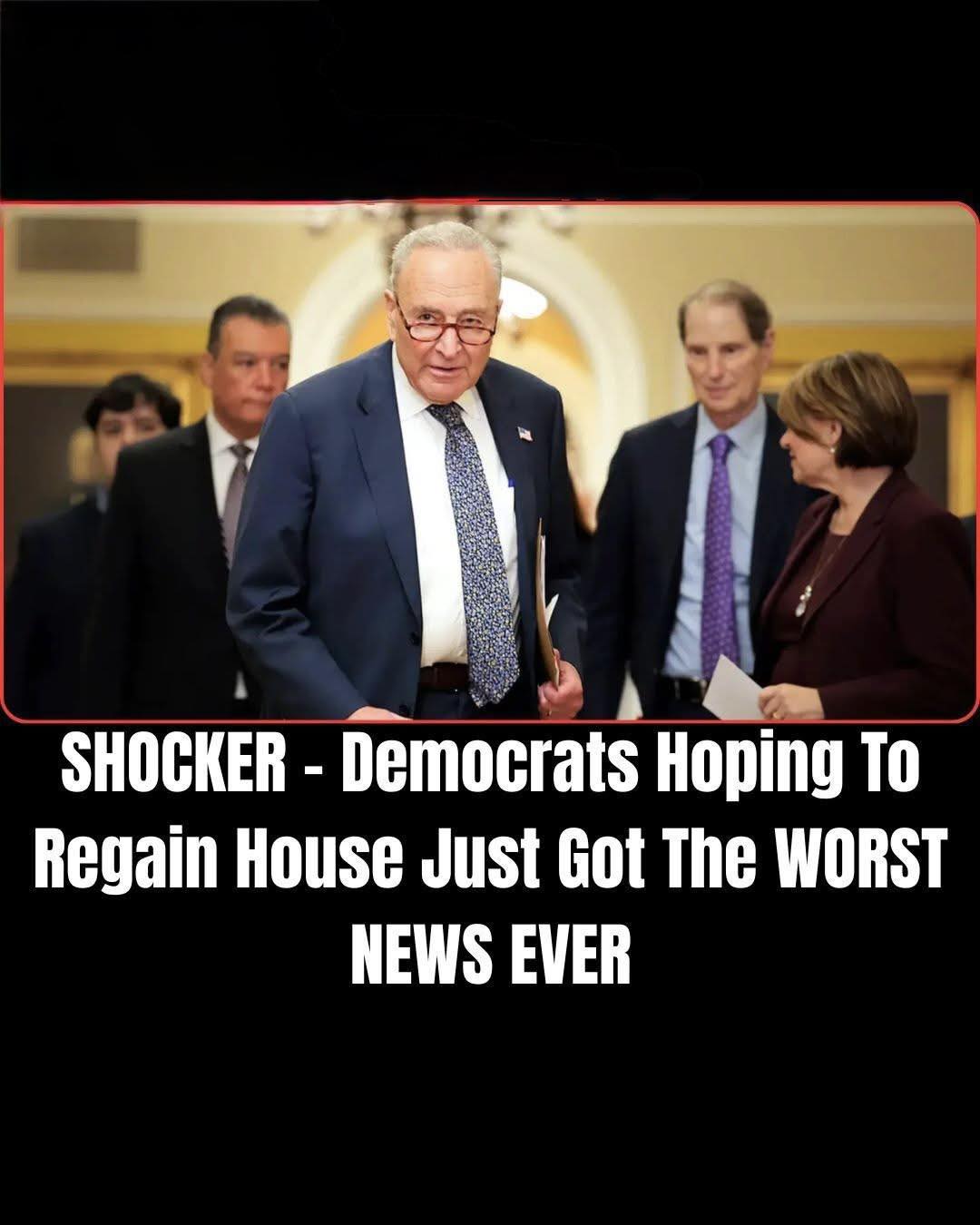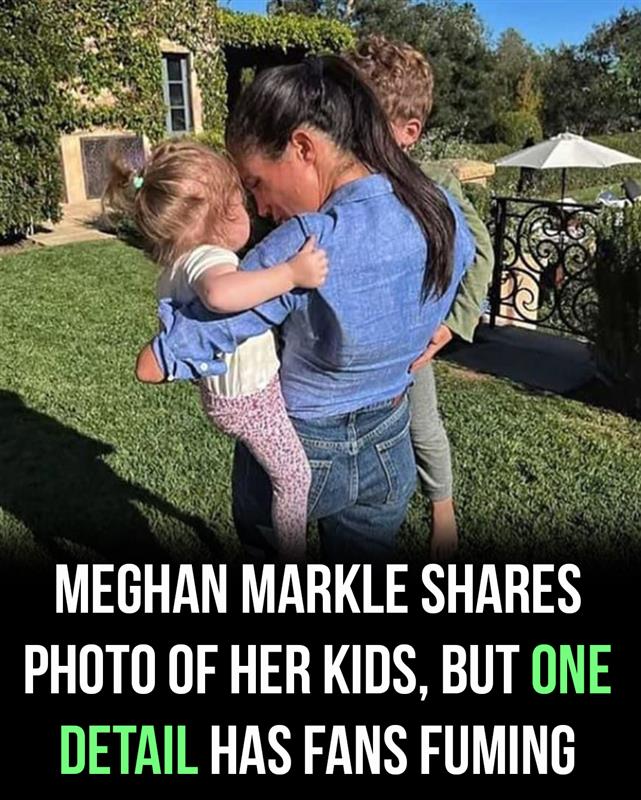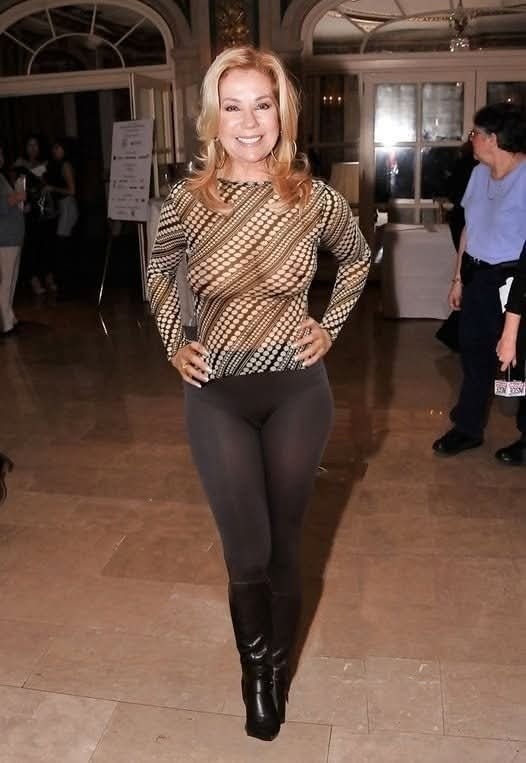Democrats Face Donor Fatigue as Trump Gains Ground in 2025
The Democratic National Committee (DNC) is facing mounting financial concerns and growing unease among its donor base, according to new reports suggesting that key contributors are losing confidence in the party’s direction — just as former President Donald Trump continues to strengthen his position heading into the 2026 midterm cycle.
The Wall Street Journal reported this week that several longtime Democratic donors have either paused or withdrawn their contributions to the party, citing frustration with internal divisions, weak leadership, and a lack of clear strategy to counter Trump’s resurgence.
Major Donors Pull Back
One particularly revealing moment came earlier this year when the DNC attempted to organize a high-profile fundraiser in the San Francisco Bay Area, to be headlined by Vice President Kamala Harris.
According to individuals familiar with the effort, many of the invited donors — including some of the party’s most reliable financiers — declined to participate. Several reportedly expressed dissatisfaction with the party’s messaging and strategy, while others voiced skepticism about Harris’s leadership and political viability.
“The enthusiasm just isn’t there,” said one Democratic strategist who spoke on background. “People are tired, they’re uncertain about the direction of the party, and they don’t see a clear vision for how Democrats plan to win in 2026 or beyond.”
The fundraiser ultimately went ahead after organizers secured a replacement host, but turnout was lower than expected, and donations reportedly fell far short of their target.
Financial Pressures Mount
The DNC’s financial challenges have become increasingly visible in recent months. Public filings show that fundraising totals have dipped compared to previous years, while operating expenses have continued to rise.
At the same time, the Republican National Committee (RNC), buoyed by renewed grassroots enthusiasm and Trump’s dominant influence over the party base, has seen a surge in small-dollar donations.
Political analysts say this widening financial gap could pose major challenges for Democrats as they prepare for competitive House and Senate races in 2026 — not to mention the looming 2028 presidential contest.
“Campaign infrastructure doesn’t build itself,” said Dr. Melanie Ortega, a political finance expert at Georgetown University. “If the DNC can’t maintain consistent donor confidence, it risks falling behind on advertising, field operations, and digital outreach. That’s how elections are lost before they even begin.”
Donor Discontent and Party Division
The donor frustration goes beyond finances. Several reports suggest that internal divisions over messaging, policy direction, and candidate recruitment have deepened following a series of disappointing election results.
While some within the party argue for a more progressive platform centered on climate change, social equity, and labor rights, others are calling for a return to the moderate, broad-based appeal that helped Democrats win key swing states in 2020.
Those tensions appear to have spilled into donor circles.
“There’s a real sense that the party doesn’t know what it wants to be,” one longtime Democratic fundraiser told Politico. “The donors are asking, ‘Where’s the plan? Who’s leading the message?’ And so far, they’re not getting good answers.”
For many donors, Vice President Harris’s increasing visibility has only intensified those doubts. While she remains one of the most recognizable figures in Democratic politics, her approval ratings have stagnated, and enthusiasm for a potential 2028 presidential run remains lukewarm even among party loyalists.
Trump’s Rising Momentum
Meanwhile, Donald Trump has continued to consolidate political and financial momentum since returning to the White House in 2025.
Despite facing a polarized electorate and lingering legal challenges, Trump’s administration has scored a series of legislative wins that have energized his base — including aggressive border security measures, economic deregulation efforts, and a sweeping foreign policy realignment that his supporters see as restoring “American strength.”
The former president’s rallies continue to draw massive crowds, and his campaign committees have reported record fundraising hauls fueled largely by small donors.
“Trump has managed to turn political adversity into financial energy,” said Ethan Miller, a political analyst at the Center for Campaign Studies. “Every controversy seems to strengthen his support among grassroots Republicans, while Democrats are struggling to generate enthusiasm or even define what they stand for.”
A Crisis of Confidence
Behind closed doors, Democratic insiders are reportedly sounding alarms about what they describe as a “crisis of confidence.”
In addition to the DNC’s financial struggles, polling data has revealed softening support among key voter groups that were crucial to Democratic victories in recent elections — particularly younger voters and independents.
A recent survey from Victory Insights found that 61 percent of likely Democratic voters under 35 said they were “disengaged” or “disillusioned” with the party’s current leadership.
That discontent mirrors the frustration among donors, many of whom are pressing for significant changes before committing further resources.
“If the party doesn’t modernize its message and reconnect with voters, no amount of fundraising dinners will fix it,” warned one Democratic consultant. “We’re at a tipping point.”
The Kamala Harris Factor
The DNC’s reliance on Kamala Harris as a fundraising figurehead has proven to be a double-edged sword.
While Harris remains one of the most visible national Democrats, her public appearances have often generated mixed reactions. Recent media interviews — including a pointed exchange with the BBC’s Laura Kuenssberg — have raised questions about her political instincts and readiness for another national campaign.
Insiders say that some donors view Harris as a polarizing figure who may struggle to unite the party or appeal to moderate voters. Others, however, see her as an essential link to the Biden legacy and a powerful symbol of progress within the Democratic coalition.
Still, the broader concern remains: whether Harris can reignite enthusiasm among donors who appear to be retreating.
The Road Ahead
The DNC is reportedly planning a series of regional donor summits this fall in an effort to rebuild trust and reenergize financial support. Party officials hope that by focusing on local races and community-level organizing, they can demonstrate a clearer sense of purpose and progress.
But analysts caution that reversing the perception of disarray will take time — and strong leadership.
“The Democrats need a unifying narrative,” said Ortega. “Right now, it feels like they’re fighting yesterday’s battles while Trump is writing tomorrow’s headlines.”
With only a year before the next round of congressional races, the DNC faces a critical test: whether it can recover from financial setbacks, reconnect with its base, and present a cohesive alternative to a resurgent Republican Party.
If it fails to do so, strategists warn, the consequences could echo well beyond 2026.
“Elections aren’t just about money,” said Miller. “They’re about momentum. And right now, Trump has it — while Democrats are still searching for it.”
Conclusion
The DNC’s current struggles highlight a deeper identity crisis within the Democratic Party — one that blends financial anxiety, leadership uncertainty, and declining voter enthusiasm.
As Trump continues to dominate headlines and consolidate power, Democrats are facing the uncomfortable reality that enthusiasm — and money — may be shifting decisively away from them.
For now, the party’s challenge is clear: rebuild confidence, restore unity, and rediscover the message that once made it a powerhouse of American politics. Otherwise, it risks entering the next election cycle underfunded, divided, and on the defensive — just as Trump’s comeback gathers speed.






